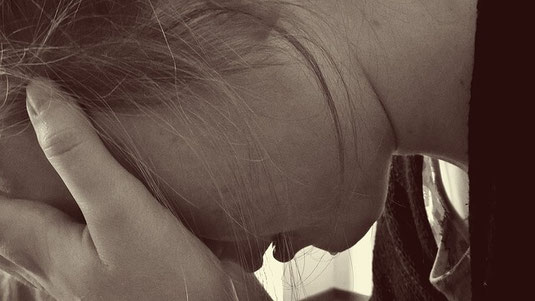
Last week's Southern Star column explored how to manage worries by using the 'best/worst/most realistic' technique. The column is reproduced below.
You’re a bit stressed. Your annual performance review at work is taking place next week and you’re worried as to what your boss is going to say. How can you best manage those anxious thoughts?
Here’s a simple CBT (cognitive behavioural therapy) technique to try out. Ask yourself three questions: what’s the worst that could happen? What’s the best that could happen? What’s the most realistic outcome?
Worst case: The meeting with your boss goes worse than you expected. He brings up a problem that you were unaware of. He’s unhappy as to how to how you managed a recent work situation and you leave the meeting feeling embarrassed.
Best case: The meeting goes very well. Your boss is happy with your performance. He also gives you some simple tips as to how you can continue to improve. You’re hoping to be promoted in a few years’ time so you’re glad to have gotten this useful advice, which you intend to implement. You leave the meeting feeling motivated and optimistic.
Realistic case: Your boss is quite happy with your work. He mentions a few areas where you could be doing better (time-keeping, how best to manage difficult customers), but you know this already and realise it’s nothing personal. Overall, it’s a relatively uneventful meeting.
Here’s another example (continued below...)
You’re worried because you’re got to go to a big social gathering on Saturday night where you won’t know anyone.
Worst case: You make chat with people but they don’t seem especially interested. For much of the night, you’re on your own and you feel lonely and awkward.
Best case: You really enjoy the night. The people you meet are friendly and funny, and you’re surprised by how enjoyable the night was.
Realistic: The night is a mixed affair. You meet some nice people and enjoy some interesting conversations, but there are other moments where you’re left standing around feeling awkward. At the end of the night, you’re glad to be home but also glad you made the effort to go.
SEE THE OPPORTUNITIES
The “worst, best, most realistic” technique is a simple one that can help you manage all kinds of anxiety-related thoughts. It serves a number of functions. Firstly, it helps you to feel better and to think in a more balanced way. When people are very worried and in the grip of negative emotions, they tend to focus on the likelihood of negative outcomes. Shifting your perspective and entertaining the variety of possible outcomes – good as well as bad – helps quieten that panicky, anxious voice at the back of your mind and fosters a more practical, problem-solving outlook. Thinking about the best and realistic outcomes may also get you thinking about things you could to do make those outcomes more likely, notes psychologist and author Dr Alice Boyes, helping you ‘to see the opportunities the situation offers as well as the “dangers”’.
ANTI-AVOIDANCE STRATEGY

However, it’s not just about seeing the positives. ‘Just like noises are more scary in a dark room than with the light on, feared thoughts are generally more scary when they remain unarticulated/vague rather than when you specify what you are afraid of’, adds Dr Boyes. ‘Confronting your fears about the worst that could happen is an anti-avoidance strategy. In general, attempting to block out thoughts increases the intrusiveness of those thoughts’.
Not only that, when you try to try to avoid feared thoughts, ‘you are giving yourself the implicit message that you couldn’t cope if the feared thing occurred, and that it must be really bad if you are going to so much effort to avoid even thinking about it’. That’s why it’s important to entertain the worst case scenario as well as the best and realistic outcomes.
In short, it helps you to decatastrophise: to quote Alice Boyes once more, you will see that your “worst” prediction may be ‘unpleasant, awkward, embarrassing, boring’ but ‘not catastrophic’.